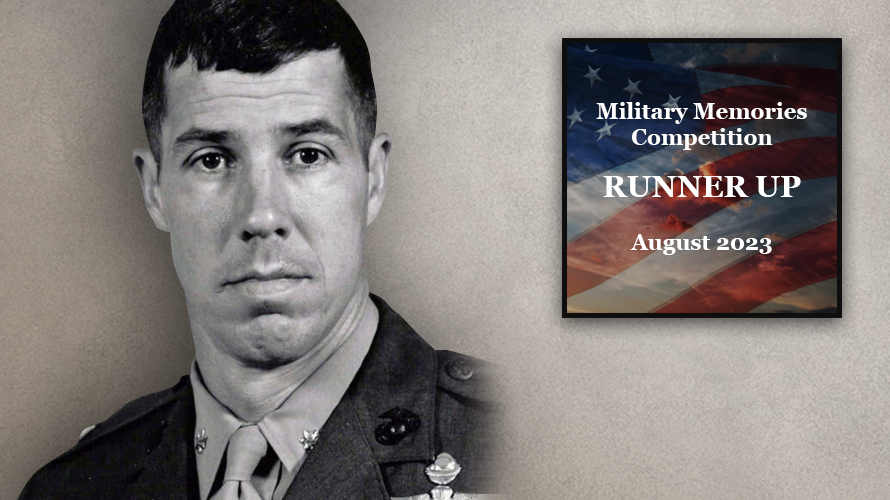When Green Beret Lieutenant James N. Rowe was captured in 1963 in Vietnam, his life became an intensely grueling endeavor that few could have survived. Rowe had been in Vietnam for only three months when he was captured. Imprisoned in a Viet Cong POW camp in an area known as the Forest of Darkness, Rowe endured beri-beri, dysentery, and tropical fungus diseases. He suffered demoralizing psychological and physical torment. He experienced the loneliness and frustration of watching his friends die. And he struggled every day to maintain faith in himself as a soldier and in his country as it appeared to be turning against him. However, he cunningly obfuscated his true status as an intelligence officer from the enemy, claiming to be a draftee engineer responsible for building schools and civic works projects. His training at West Point enabled him to keep up this pretense, until the Viet Cong learned of the deception by obtaining a American list of high-value POWs in which he was listed....











